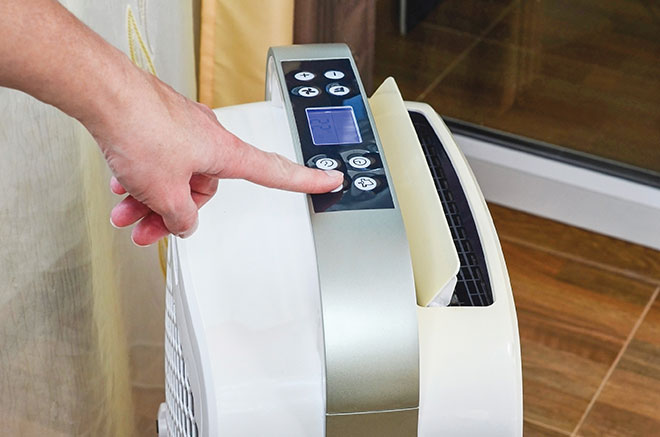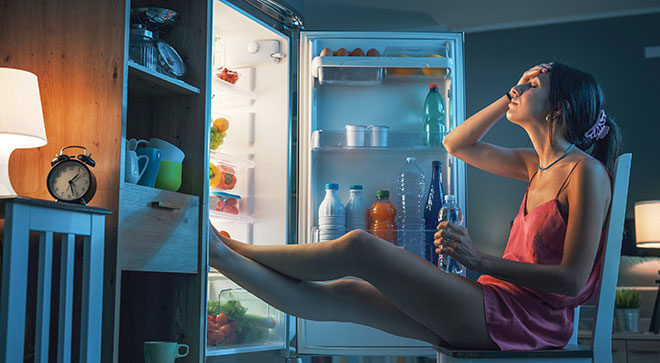Keep these portable A/C tips in mind
With scorching summer temperatures here, a cautionary tale unfolds for those in search of a portable A/C unit to beat the heat. Enticing promises and clever marketing tactics make it easy to fall prey to the pitfalls that await unsuspecting buyers. Here’s how to be a savvy shopper:
RATINGS
Be aware that a higher advertised British thermal units (BTU) rating doesn’t always guarantee a cooler paradise. Crafty sellers may advertise more BTUs than the product’s actual performance, but buyers beware. The truth lies in making sure you are matching the Department of Energy’s BTU rating to your room’s square footage according to the DOE guidelines. When shopping online or in-store, be sure to check the fine print for the certified DOE rated BTU level for correct coverage — and if you don’t see this information listed, stay away. A free online BTU calculator can help you choose wisely.
CERTIFICATION
Manufacturers are quick to shower their products with proclamations of excellence. Don’t let smooth talkers lure you in with mere claims and great prices. Insist on reviewing the product’s energy guide for the actual BTU rating. Also, make sure the portable A/C you are interested in is authenticated by credible third-party organizations. This indicates it has met or exceeded performance standards.
TYPE
Before making a decision between window A/Cs or portable units, determine which type best suits your needs and the room before making a purchase. As a general rule, portable units can be easier to install and more versatile.
NOISE
If you’re sensitive to noise or simply prefer to not hear a motor running, check the unit’s decibel rating. It’s one easy-to-ignore specification that can make a huge difference. The good news? Cool interiors and ultra-quiet performance can co-exist, if you shop around.
In addition to purchasing a great portable A/C unit, proper maintenance can help ensure it runs smoothly and efficiently. Periodically remove the filter from the unit and dust it, and clean debris from inside the unit with compressed air. A few lifestyle changes can also contribute to a cooler, more comfortable home. These include avoiding the stove and oven on super-hot days, planting shade-bearing trees or bushes outside windows and swapping out incandescent bulbs for energy efficient LEDs.
Navigating a sea of misleading product claims can be exhausting, particularly when it comes to buying the equipment you need to keep your home and family
comfortable in extreme weather. However, when it comes to a cool home, you don’t have to sweat it. A bit of research can help you achieve optimal comfort this summer.
This article is courtesy of Statepoint Media.

